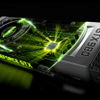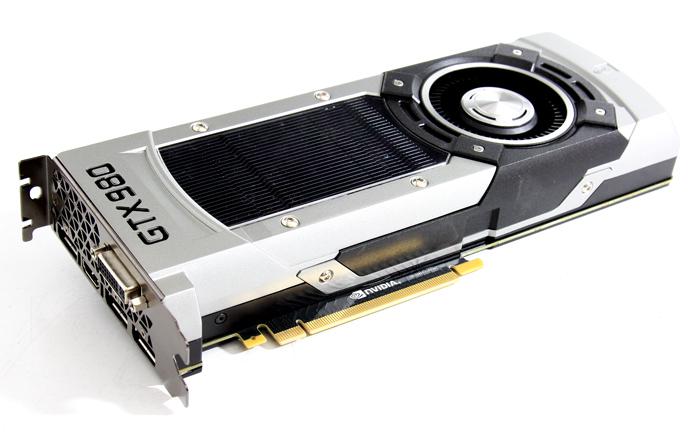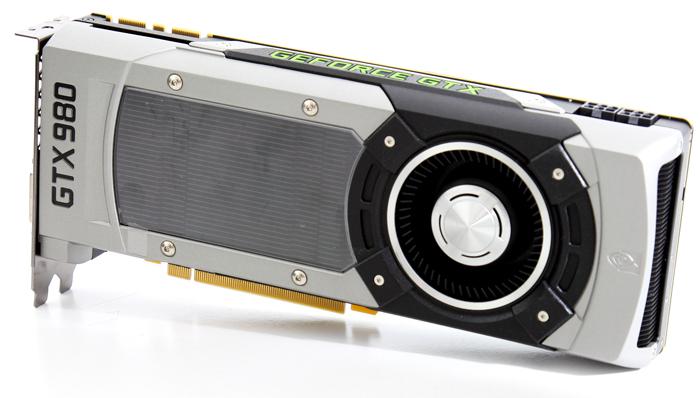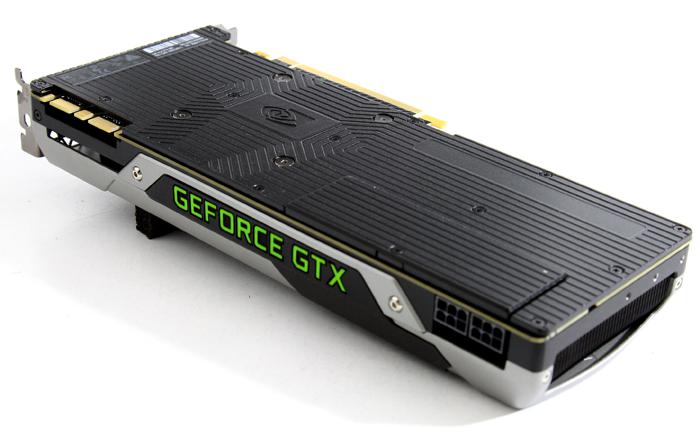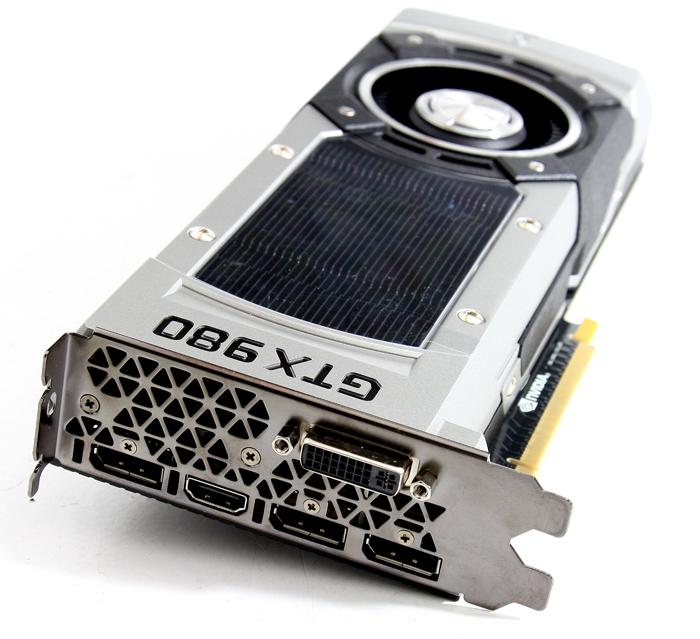Product Showcase
Product Showcase: GeForce GTX 980
Let's start with our photo-shoot. Two pages worth of photos then and most of them from our own photo-shoot.
So as you can see, the GeForce GTX 980 is looking a lot like the GeForce GTX 690 / 780 / 780 Ti and Titan, a similarly fashioned cooler is being used that, I might add, is pretty nice as it is fairly silent. The card is 10.5 Inches in length which is like 27 cm. The heatsink shell is made from cast aluminum and an injection molded magnesium alloy, a good conductor of heat plus it helps out in isolating noise. Note the 970 and 980 have 100% exactly the same looks, so in the photo-shoot we'll focus on the GTX 980 mainly. The base clock speed of the GeForce GTX 980 is 1126MHz. The typical Boost Clock speed is 1216MHz. The Boost Clock speed is based on the average GeForce GTX 980 card running a wide variety of games and applications. Note that the actual Boost clock will vary from game-to-game depending on actual system conditions. GeForce GTX 980’s memory speed is 7000MHz data rate. The base clock speed of the GeForce GTX 970 is 1050MHz. The typical Boost Clock speed is 11178MHz. The Boost Clock speed is based on the average GeForce GTX 970 card running a wide variety of games and applications. Note that the actual Boost clock will vary from game-to-game depending on actual system conditions. GeForce GTX 970’s memory speed is 7000MHz data rate.
The card itself is a dual-slot solution and the cooling is vapor chamber based. That cooler is pretty nice, the radiator surface area has a plexi glass cover so you can actually look into the cooler's aluminum fins. The fan is outfitted with a special design, its airflow is carefully directed to take in air from the PC and exhaust it outside the PC, in order to optimize cooling efficiency while minimizing noise causing restrictions. The GeForce GTX 980 has its price set to 549 USD, that's 329 USD for the GeForce GTX 970. Focusing on the GTX 980 - the card will have a maximum power design of 165 Watts with 145 Watts rating for the GTX 970, they are made to overclock as well. Nvidia is using two 75W 6-pin PEG (PCI Express Graphics) connectors. Another 75 to 150 Watts is delivered though the PCIe slot and thus motherboard. This should be plenty for a nice tweak (or two).
New on the backside is a thick sturdy metal back-plate. At the top right side do you notice you can remove a segment ? A part on the end of the backplate can be removed in order to improve airflow. Nvidia's engineers spent a considerable amount of time studying airflow between boards and determined that this region is critical for feeding air directly into the adjacent fan. Removing this segment of the backplate improves airflow between boards when the cards are directly adjacent to each other. GeForce GTX 970/980 will get no less than five display connectors, you'll spot three full size Display Port connectors, one full size HDMI 2.0 connector and one DVI connector (dual-link). HDMI is 2.0 compatible meaning that compatible monitors and tellys can do UHD at 60 Hz, DP is 1.2 but has support for eDP 1.4. Your maximum resolution can be 5120 x 3200 pixels at 60 Hz.
You can combine these connectors to set up a surround view (multi-monitor) setup. To date we still receive this question a lot, but dual-link DVI does not mean you can hook up two monitors to one connector. Dual-link means double the signal, that way monitor resolutions over 1920x1200 can be supported, or you could use a 120Hz monitor. So explained very simply, dual-link DVI supports high-resolution (above 1920x1200) or high-refresh rate (120Hz) monitors. Oh and if you wonder why three DP ports ? Well how does surround view Ultra HD with three monitors sound gents ?
